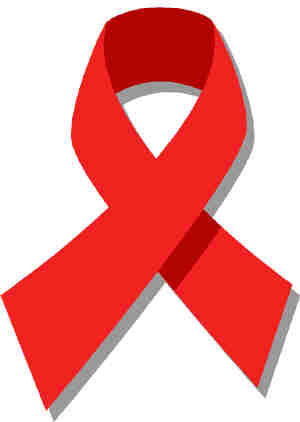
ZIMBABWE has recorded a 38% drop in HIV/Aids-related deaths and a 25% reduction in mother-to-child transmission rates since 2010, a Global Aids Response country report has indicated.
BY NQOBANI NDLOVU
The drop is attributed to the country’s National HIV and Aids Strategic Plan (ZNASP) 2011-2015 and other intervention measures such as awareness campaigns and distribution of anti-retroviral drugs.
“The ZNASP 2011-2015 has articulated four impact level results: (a) HIV incidence reduced by 50% from 0,85% (48 168) for adults (2009) to 0,435% (24 084) by 2015, (b) HIV incidence reduced among children from 30% in 2010 to less than 5% by 2015 (c) HIV and Aids-related mortality reduced by 38% from 71 299 (2010) for adults and 13 393 for children (2010) to 44 205 for adults and 8 304 for children by 2015 and (d) the national multi-sectoral response improved,” part of the report reads.
The report’s findings were based on data jointly collected by the National Aids Council, Ministry of Health and Child Care and other health partners.
“The government of Zimbabwe has continued demonstrating great commitment and leadership in the fight against the HIV and Aids. The government facilitated the review of the National HIV and Aids Strategy in order to align with international commitments.
“Zimbabwe has adopted the investment case model to implement the prioritised interventions that contribute to specific impact results,” the report said.
The report, however, indicated that mining towns, growth points and border towns remained hotspot areas.
- Chamisa under fire over US$120K donation
- Mavhunga puts DeMbare into Chibuku quarterfinals
- Pension funds bet on Cabora Bassa oilfields
- Councils defy govt fire tender directive
Keep Reading
“The epidemic looks fairly homogeneous with similar HIV prevalence levels across the 10 provinces. However, there are hot spots of HIV, which are border towns, mining areas, growth points and resettlement farms.
“The HIV prevalence is slightly higher in urban areas than in rural areas.
“HIV prevalence in 15-24 age group women is 1,5 times higher than in men.”











